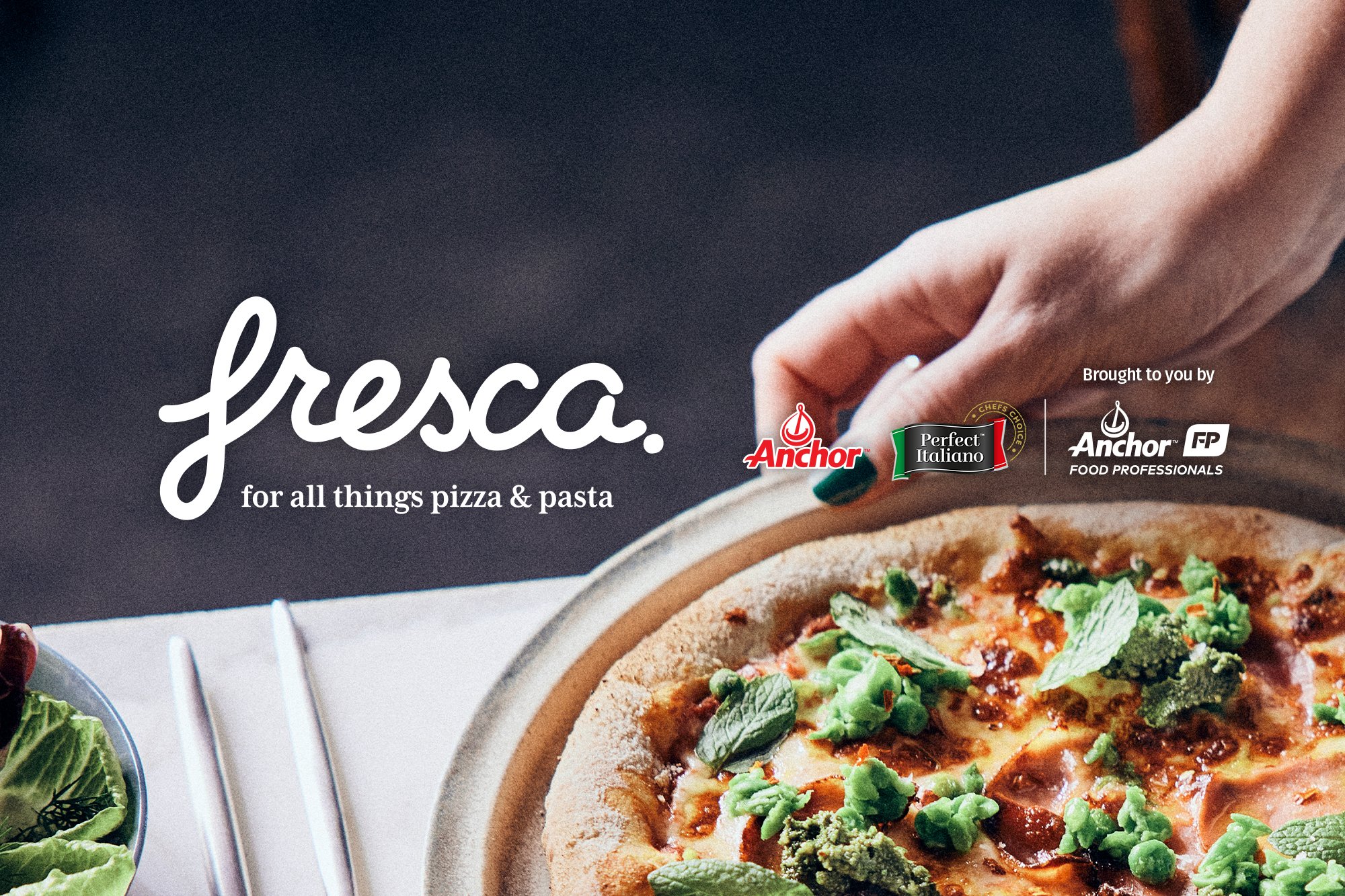Bringing new staff up to speed: what are the essentials?
Ensuring new staff are well prepared and understand the essentials of hospitality work is key to generating repeat business and building a loyal customer base. Here are some important steps you can take to bring staff up to speed and create a solid foundation for excellent customer service.
Orientation and onboarding: A comprehensive orientation and onboarding program should include an overview of your business’ brand values, mission statement, service standards and job expectations. New staff should be guided on interacting with customers including how to greet them, take their orders, respond to special requests such as dietary requirements, and handle complaints. Positive attitude and friendly demeanour can go a long way to help create a memorable customer experience.
Safety and hygiene: Emphasise the importance of safety and hygiene practices, including food handling, proper handwashing techniques, and appropriate cleaning and sanitation procedures.
Menu knowledge: All staff should be familiar with the menu, including ingredients, cooking methods and presentation. They should also have a basic understanding of food intolerances and allergies, so they can appropriately advise customers who need to avoid certain ingredients.
Time management and teamwork: Task prioritisation, efficient work procedures and the ability to handle multiple tasks simultaneously are important skills for staff in today’s fast-paced foodservice environment. Emphasising the importance of teamwork, open communication and collaboration helps ensure staff can work together to provide the best possible service.
Ongoing support and feedback: Regularly checking in with new staff and providing constructive feedback and guidance will help them improve their skills. You might also invest in your staff’s professional development by organizing regular workshops to enhance their knowledge and keep them up to date with industry trends.
Encourage a customer-centric mindset: Emphasise the importance of anticipating customer needs, delivering personalised service and exceeding expectations by putting the customer at the centre of all interactions. It’s always best to lead by example, demonstrating to your staff the standards you expect by showing first-hand the importance of attentiveness, friendliness and going the extra mile.
Contactless payment: the next evolution
Contactless payment technologies have gained tremendous popularity since Covid as they offer customers a convenient and secure way to pay for orders. From Near Field Communication (chip) enabled credit cards to mobile wallet systems like Apple Pay and Google Pay, customers are increasingly expecting seamless payment options, and there are real benefits to foodservice operators too.
“Many restaurants, cafes, pubs, and clubs are now moving away from third party order platforms and turning to developing their own branded phone order apps”
For example, the ability to integrate contactless payment systems with your POS system now allows for automatic synchronisation of transactions, eliminating the need for manual data entry. This not only saves time, it removes the risk of human error, ensuring accurate recording of sales and making for better inventory management and financial reporting – allowing you to enhance your business efficiency and freeing up staff to focus on other areas (like delivering exceptional customer service!)
The latest innovations in this area are QR code-based ordering and payment methods like PayID and Beem, which remove the need to enter card details or take orders, further streamlining the process and thereby allowing customers to ‘jump the queue’, enhancing their overall experience and encouraging repeat business.
QR code-based payment methods are a cost-effective alternative to internal payment systems as they allow your business to save on transaction fees and system maintenance costs. These new efficiencies again enable the reallocation of resources to other operational areas such as improving the menu or service experience. And with bank-level security protocols and real-time transaction notifications in place, customers can make payments with the confidence of knowing their personal and financial information is protected.
Many restaurants, cafes, pubs, and clubs are now moving away from third party order platforms and turning to developing their own branded phone order apps, in part due to new functionality which allows you to further enhance the customer’s experience by generating personalised meal recommendations, and build customer loyalty through rewards programs and exclusive offers.
The smart way to use video to promote your business
Posting your own videos online, whether on Instagram Stories, YouTube, Facebook and Twitter or your business website, provides a great opportunity to engage with customers.
Here's how you can make the most of online video content to promote your business at its best:
-
One of the most effective ways to captivate your audience is by taking them behind the scenes into your kitchen. Showcasing the culinary process and highlighting the skills and passion of your chefs can create a strong emotional connection with viewers. People love to see the magic that happens in the kitchen, from the multiple steps involved in creating a complex dish to the chef’s inspirational creativity in coming up with their latest signature dish or menu special.
-
Instagram Stories and YouTube videos provide an excellent platform to showcase your venue’s ambience as well as its food. A short video clip or series of stills featuring beautifully plated dishes can spark curiosity and cravings in your audience. You can also provide prospective diners with a virtual walk-through of the premises, from arrival through to seating and service, highlighting such features as mood lighting, ambient music, comfortable furniture and smiling service – evocative of the atmosphere they’ll encounter when visiting in person.
-
Authenticity is key when it comes to creating content for social media and video is no exception. Viewers appreciate the organic, unfiltered nature of raw footage, as it gives them a genuine insight into your restaurant. Avoid over-producing your videos so as to maintain an authentic feel. Imperfections and real-life moments can actually enhance the viewing experience, making it feel more spontaneous and relatable..
-
Always seek to optimise the viewing experience on different platforms by choosing the correct aspect ratio for your videos. Instagram Stories should be shot in ‘portrait’ format while the ‘widescreen’ 16:9 aspect ratio is more suited for YouTube. Adapting your content to the appropriate format ensures it displays correctly and maximises engagement.






